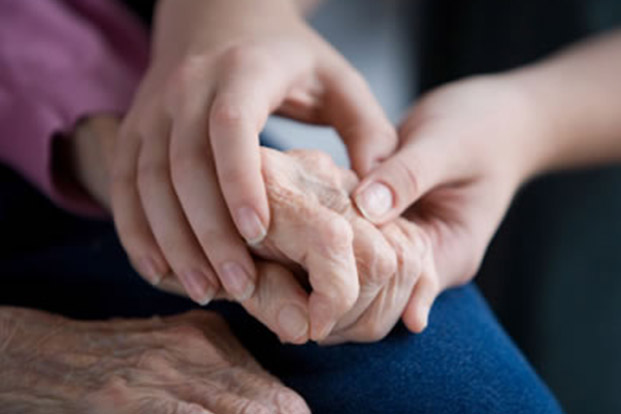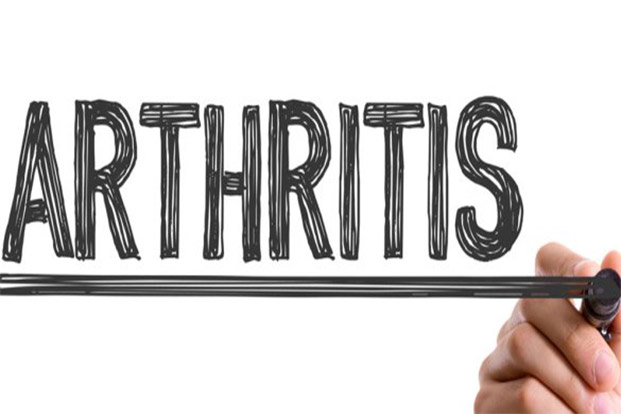Categories
- Bariatric Surgery (11)
- Black Fungus (5)
- Bone Marrow transplant (3)
- Brain Tumor Surgery Navigation Technology (20)
- Cardiac Surgery (66)
- Cardiology (97)
- Computer navigation technology for joint replacements (20)
- Covid Vaccination (17)
- Critical Care (2)
- Dental (19)
- Dermatology (31)
- Dialysis Support Group - “UTSAAH” (11)
- Dietitian (33)
- Emergency Medicine (4)
- Emotional Health (11)
- Endocrinology (33)
- ENT (20)
- Gastroenterology and GI Surgery (53)
- General and Laparoscopic Surgery (21)
- General Surgery (4)
- Gynecology & Obstetrics (183)
- Hematology (20)
- Internal Medicine (294)
- Kidney Transplant (50)
- Kidney Transplantation (20)
- Lung Cancer (8)
- Minimal Invasive Surgery (1)
- Mother & Child (20)
- mucormycosis (5)
- Nephrology (61)
- Neurology (147)
- Neurosurgery (68)
- Nutrition and Dietetics (107)
- Omicron Variant (1)
- Oncology (288)
- Ophthalmology (10)
- Orthopaedics & Joint Replacement (86)
- Paediatrics (59)
- Pediatric Nephrology (3)
- Physiotherapy (5)
- Plastic & Reconstructive Surgery (6)
- Psychiatry and Psychology (90)
- Psychologist (28)
- Pulmonology (72)
- Rheumatology (13)
- Spine Services (21)
- Transradial Angioplasty (16)
- Urology (84)
Query Form
Posted on Apr 19, 2022
International Geriatric Day
1st October marks the International Day for the Elderly, a day of great relevance, considering that the number of people over 60 years of age in the world has doubled compared to 1980. This day is also of significance as it acts as a reminder for the younger population to ensure that their elders have the rights, dignity and care that they deserve.
Geriatric Population: India Statistics
As of 2012, the geriatric population in India was around 98 million, which is expected to double by 2050. In the urbanized world where increase of life expectancy is now an accepted fact, we must ensure proper health for our elderly population. The theme for 2015 International Geriatric Day is ‘Sustainability and Age – Inclusiveness in the Urban Environment.’ The theme highlights that we have to ensure that the society and infrastructure has to be designed and maintained to suit the demands and the needs of the geriatric population. The development has to be done in such a way that they feel a part of the society – Empowered- and not dependent on others for their every day needs. The theme also calls for awareness in the public for the needs of the elderly, their dignity and the support that they need and deserve.

Geriatric ailment crippling all: Osteoporosis
The most common aspect affecting our geriatric population is Bone Health. In them problems such as – Osteoarthritis, Osteoporosis is most prevalent. Osteoarthritis is most common in weight bearing joints like hip and knees, where the initial symptoms may only be pain in the joints which gradually transforms to unbearable pain, deformation of the legs/hips and finally hindering the mobility of the person as he/she is unable to walk and bear weight.
Osteoporosis is a condition in which the bone density decreases and the bones become soft and brittle. It affects all bones of the body especially the vertebrae and the hip and is often referred to as the ‘Silent Killer’ that cripples and breaks an individual’s body.
All these affect the daily routine, mobility and ability of the aging population. In the younger population there are various methods to treat the detoriating bone health but in older people, Joint Replacement is the best option. As the number of elders in the population increases, so will the need for Joint Replacement Surgery. Joint Arthroplasty is expected to increase by at least 80% by 2030. Through this procedure the ailing person can become pain free with full movement and return back to a normal life immediately.
With the weakening of the bones, the geriatric population also suffers from various fractures due to falls, slips or sudden pull or push to the body. For the geriatric patients the option available to treat the fracture is only surgery. For hip fractures, Hip Joint Replacement is needed.
Prevention is the goal:
Three factors that are important to keep our bones healthy are:
- Adequate Calcium
- Adequate Vitamin D and
- Regular Exercise
So we need to educate our society today to avoid the risks tomorrow. There is also a new field of orthopedics that is emerging to exclusively deal with the issues related with the geriatric population – Orthogeriatics. We sincerely hope that through awareness, science and research we are able to ensure mobility and ability for all.



